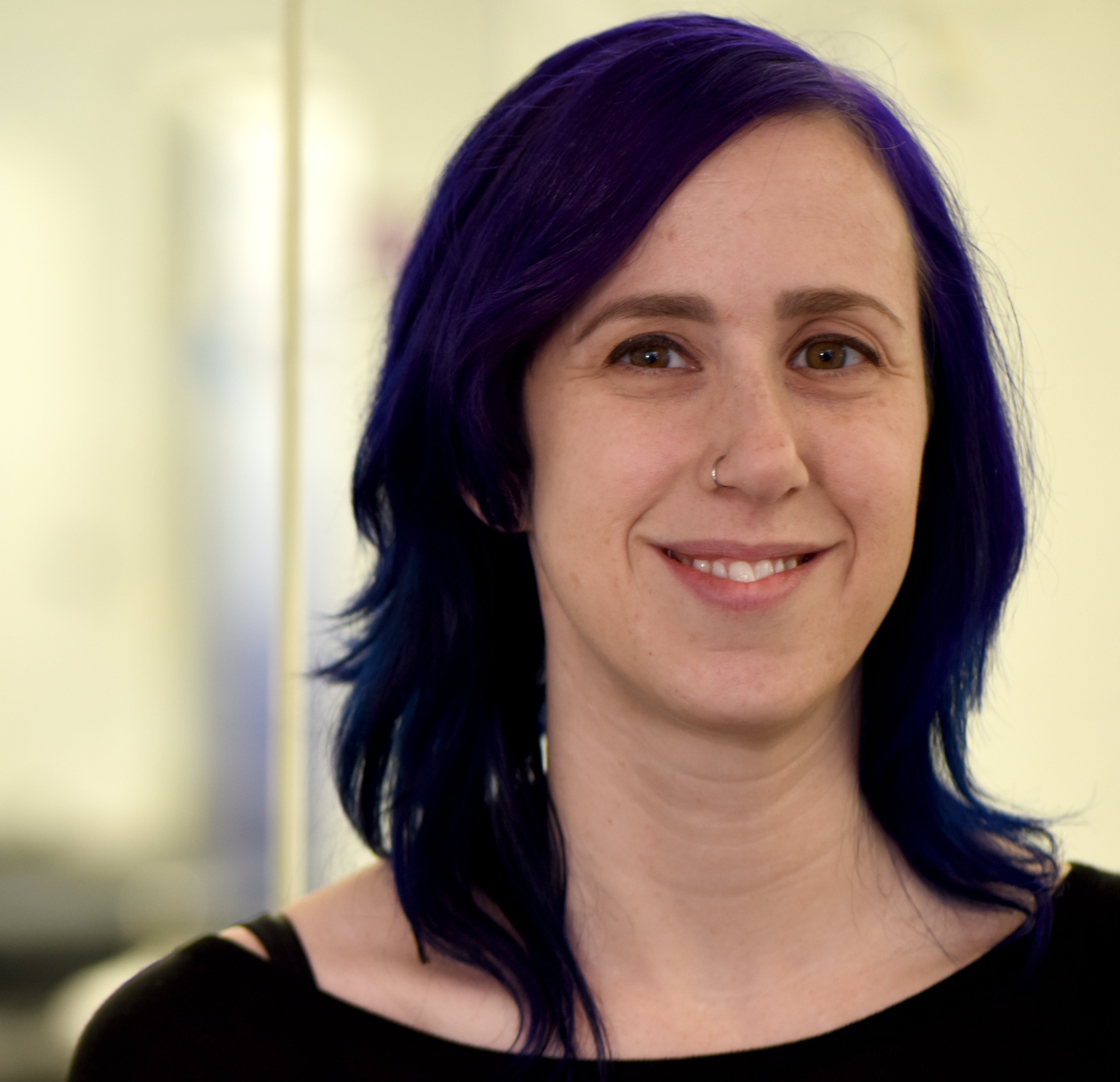The pandemic has challenged higher education institutions to move their courses and services online quickly. However, despite the vaccine rollout, schools still face unique challenges heading into the fall semester, including providing faculty support, ensuring student success, and minimizing risk.
Extension Engine has put together The Online Learning Task Force to work with schools to adapt to these needs. Whether your needs are well-defined and understood or a black box of confusion, our team assesses your situation then proposes and helps implement solutions.
We believe the key to any successful use of online technology is finding the “just right” solution for each client. We support various types of higher ed institutions with correspondingly different needs—from an R1 university that needed to support a specific group of faculty (those teaching large, seminar-style courses with mostly first-year students) to a small liberal arts college that didn’t quite know where to start but knew there was a lot of work ahead.
These two institutions had varying needs, but both were strengthened by having in us a flexible and knowledgeable partner ready and able to make tangible progress. And while neither one may represent where your institution is right now, they illustrate how Extension Engine brings adaptability, focus, and savvy to each client, with customized responses to their unique needs.
Small liberal arts college
The school has about 400 faculty supporting just under 3,000 students, and while they’ve made concerted efforts to move into the online space, they’re in a transitional state: So far the faculty have not fully endorsed the idea of using the campus learning management system (LMS) to manage information (syllabi, documents, assignments) for their courses, let alone embraced its integration in the delivery of course content. Leadership did not have a clear understanding of how many faculty wanted help, how many courses needed attention, or the extent of the work needed on particular courses.
Risk assessment
Given the combination of scale and unknowns, leadership needed help understanding how to mitigate the risk of bringing students back to campus. We helped them walk through a risk assessment exercise, starting with stakeholder mapping to identify the resources currently available and diving deep into the types of courses in the highest-risk status. In this case, labs and other activities requiring active engagement with physical surroundings were highest-risk, which helped whittle the overwhelming list of courses planned for the semester.
Faculty support
However, this didn’t directly help the faculty. Sure, it can be helpful to clearly state, for example, “Your lab exercises are in the highest-risk bracket, so you should be prepared to do something else with them,” but without support to devise that “something else,” faculty couldn’t do much, and administrators weren’t much better prepared to help.
We were prepared to offer that support, but to say faculty were stressed and didn’t know how to take advantage of it would be an understatement. We had to figure out how to meet faculty where they were and provide support to move them forward with the shortest investment of time possible, so we borrowed a strategy faculty have used for years: office hours.
We created a set of outreach materials to make sure faculty knew we were available and set up a user-friendly online scheduling tool to match faculty’s needs with our team’s strengths: When a faculty member scheduled time to discuss a general pedagogical approach, we paired them with an instructional designer with great overall knowledge. When a faculty member reached out about a nuance of the LMS, we matched them with somebody with deeper technical knowledge. We also created training materials housed within their LMS, so that faculty could try to problem-solve by themselves before reaching out.
Results
We helped faculty from every subject-matter area across the institution build confidence and feel better prepared for the semester ahead. Because we understood the institution’s diverse needs, we knew how to best support them. And we set up a process requiring very little overhead: At least 80% of the hours billed were spent directly supporting faculty.
Large R1 University
In contrast, this university had a clear problem to solve: figure out how to run large, seminar-style courses online while still providing students with a positive first-year experience. University leadership decided to deliver these courses online whether the campus was open or not, and they reached out to the faculty who would be teaching the courses with an offer of additional support. Our stated goal was to work with faculty to build their confidence in teaching these courses online and mitigate the challenges inherent in this approach.
Faculty support
First, we developed a set of resources—before even working with the faculty—based on the school’s metrics of success and overall mission. We coordinated these resources with those developed around the university to make it easier for faculty members to know what to do and not be overwhelmed.
After creating a set of project goals that supported the overall outcome of increased faculty confidence, we spent several months working one-on-one with faculty. We also created individual goals with each faculty member to ensure they had space to define their needs and assurance that their needs would be addressed.
Results
The results were astonishing: Every single faculty member we worked with reported increased confidence, not only in the semester ahead but in their overall teaching abilities. Moving a course online (or even one element of a course) is a challenge, and the faculty met that challenge head-on. One faculty member rethought their entire assessment approach; when asked to define it so our team could understand it better, they said they realized it was too complicated. Another faculty member claimed they disliked online learning when we first started our collaboration, but by the end of our time together they had put all their assessments on the LMS and were delighted to be able to focus more on teaching and less on grading.
Again, we were able to keep overhead low: Approximately 85% of the hours billed on this project were spent directly supporting faculty through one-on-one meetings, follow-up work, and more.
The pandemic has challenged higher education institutions to move their courses online quickly. We work with your school to define and execute on an efficient, holistic, and adaptable approach to getting online.


